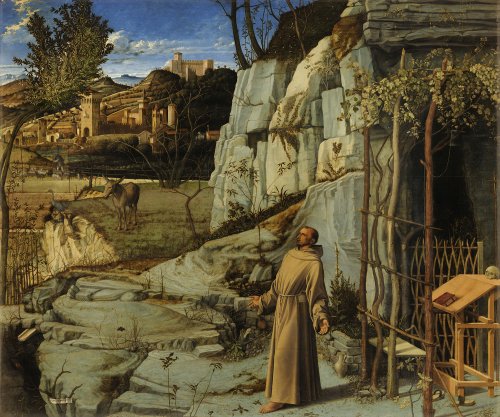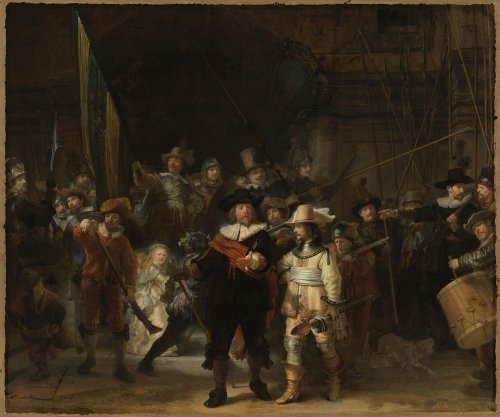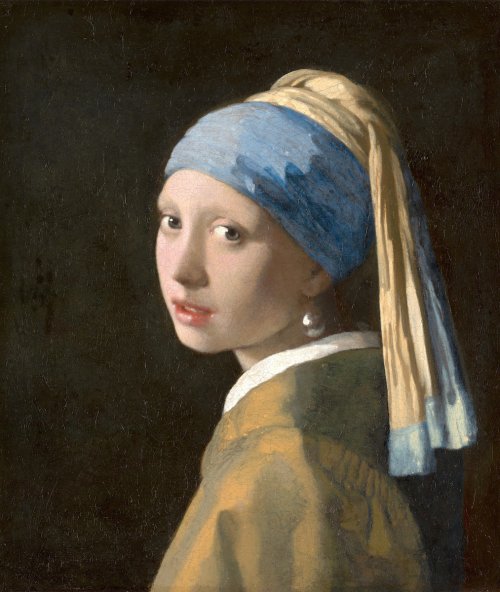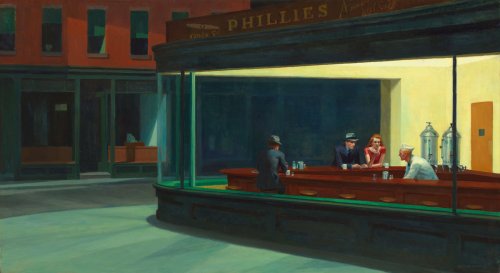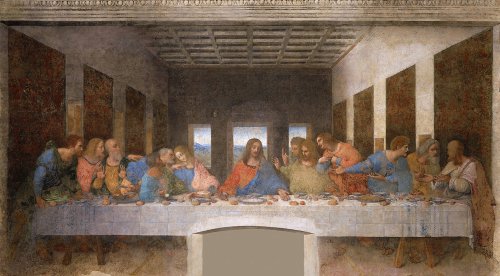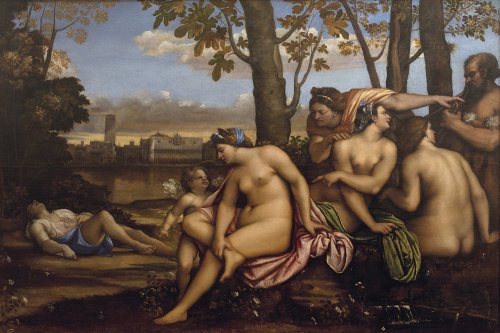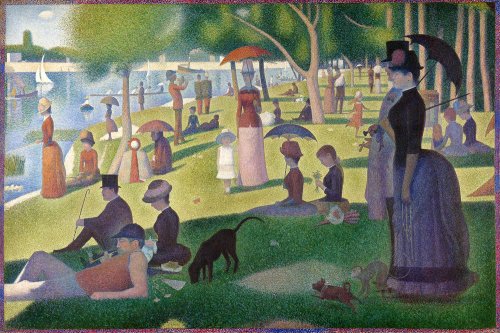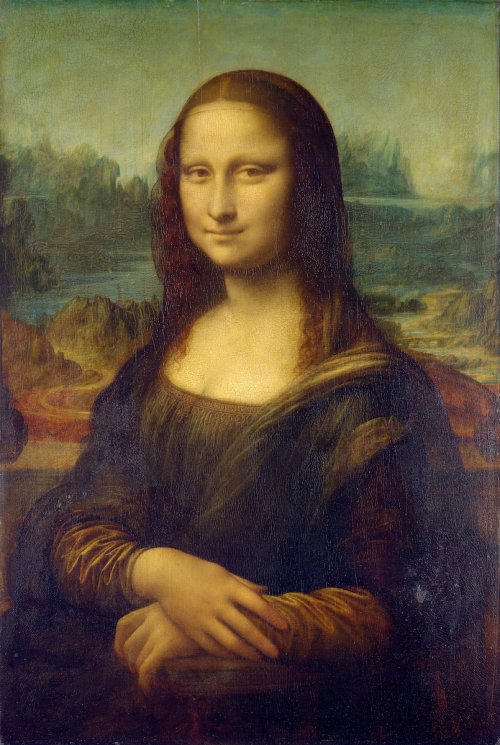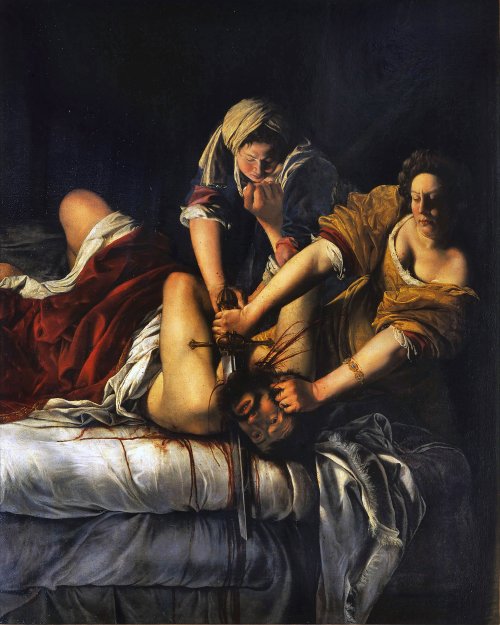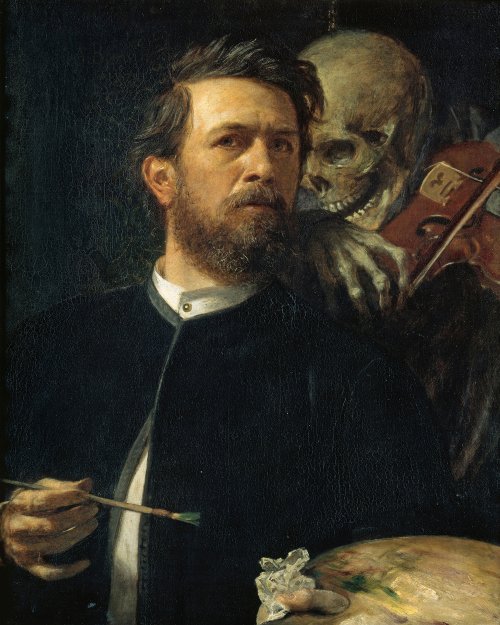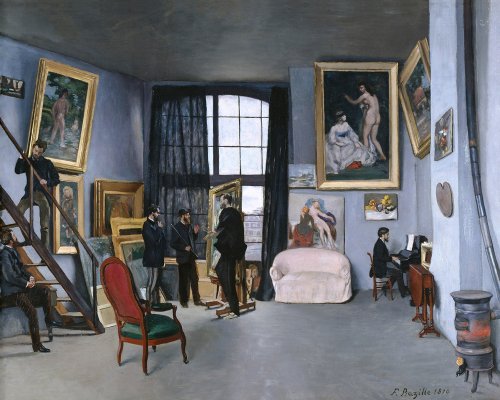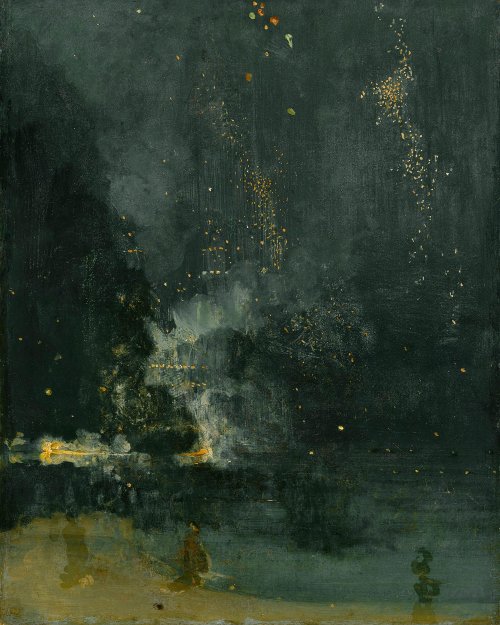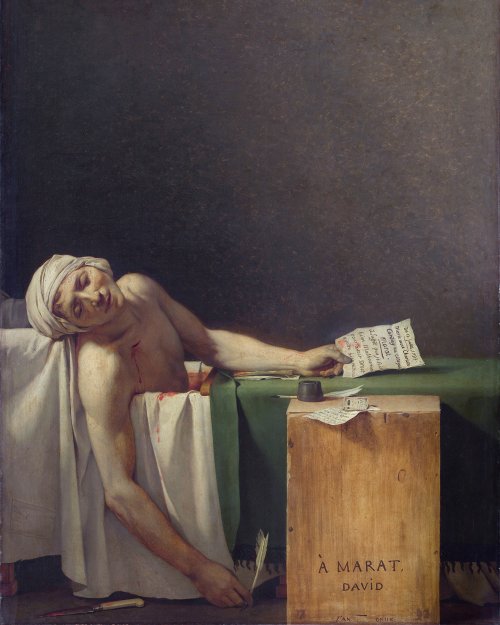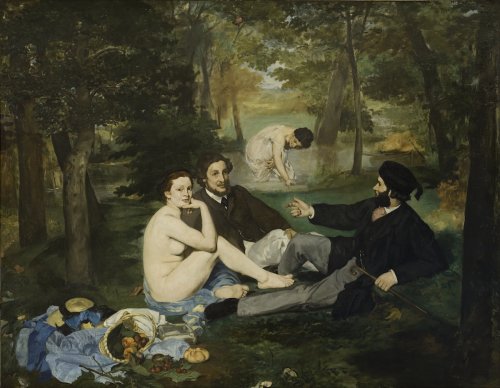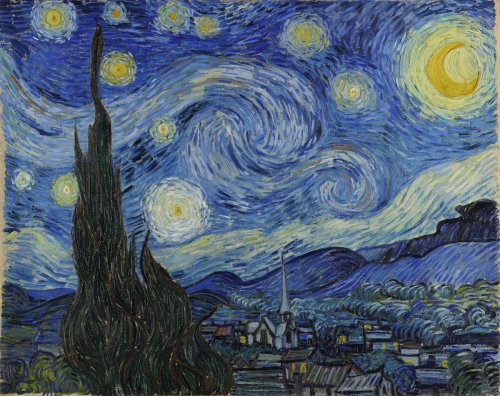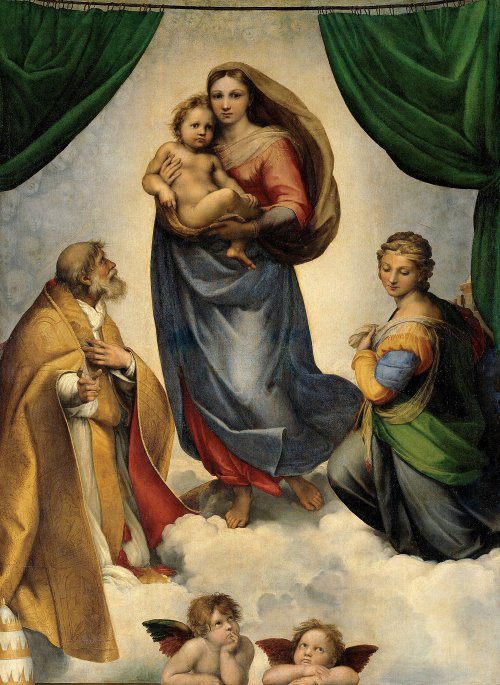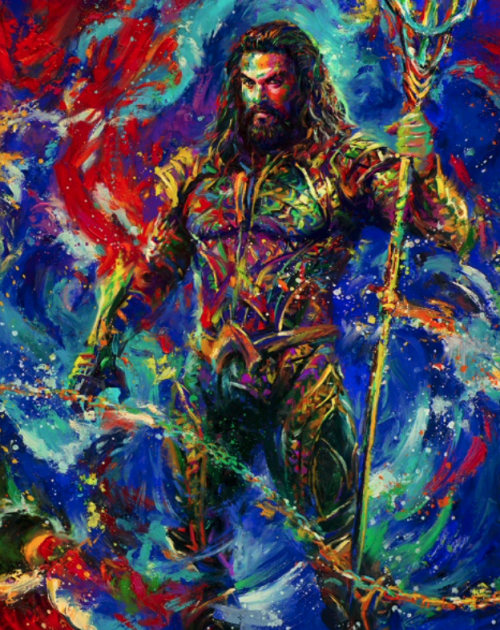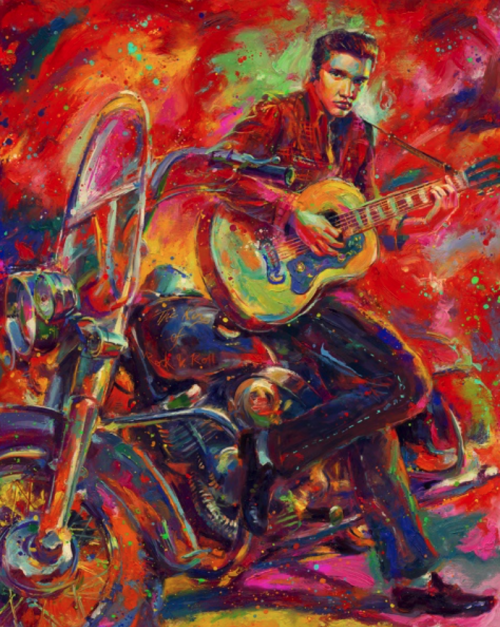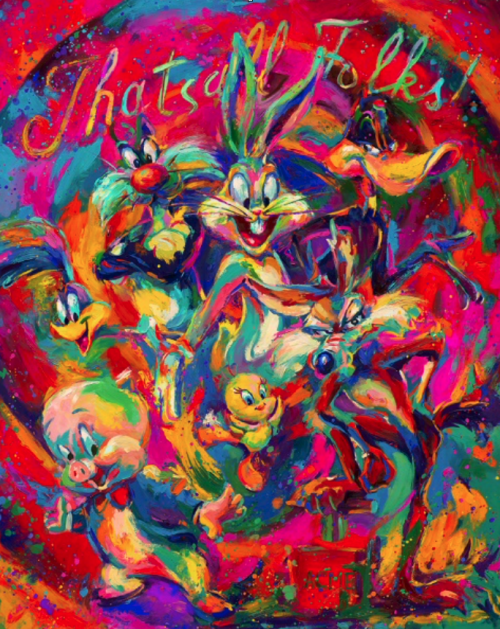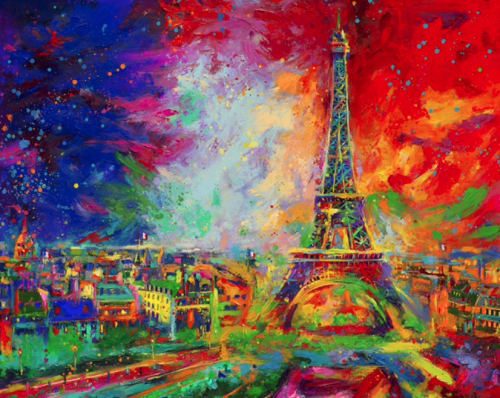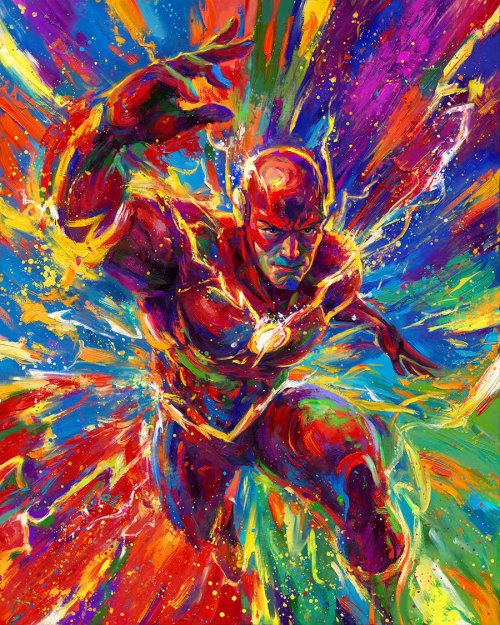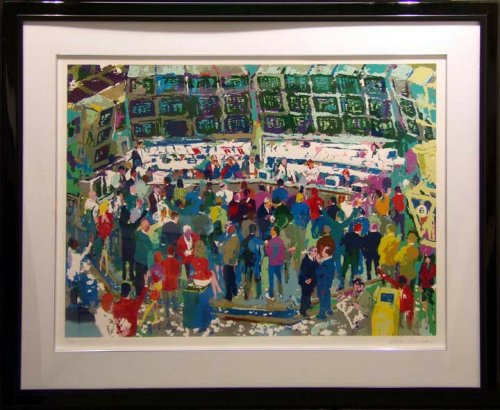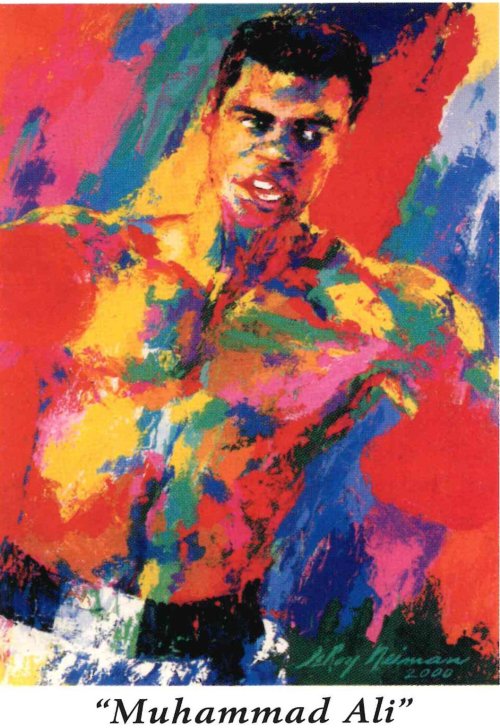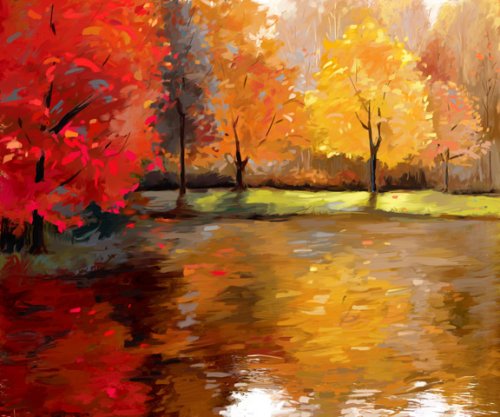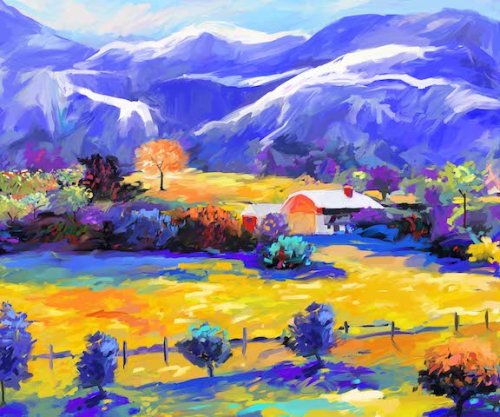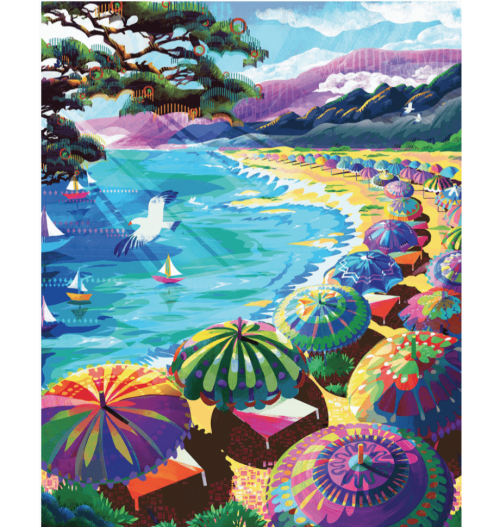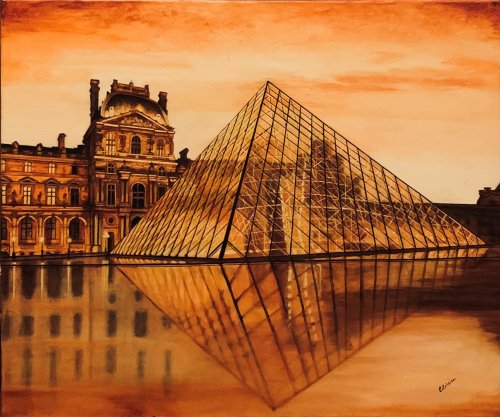St. Francis in Ecstasy (or St. Francis in the Desert) is a painting by Italian Renaissance master Giovanni Bellini, started in 1475 and completed around 1480. Bellini depicted the religious figure of St. Francis of Assisi in a landscape. The painting portrays Francis of Assisi, the Italian saint of the early 13th century, in an Italian landscape, stepping out in the sun from his cave, his figure anchoring the creamy celadon and golden-green landscape.
Bellini became sophisticated in his painting skill in the fifteenth century, the culmination of which is Saint Francis In Ecstasy. The moment is depicted in the painting is Saint Francis’s stigmatization on the mountain of La Verna. Bellini envisioned the stigmatization as a moment of human transformation into the divine.[7] The sun’s rays shine on St. Francis, symbolizing him as a Seraph-Crucifix in front of the sun, which indicates the suffering image of the Seraphim.

